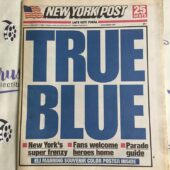Production Company: CrossDay Productions Ltd. / BBC Films / Egoli Tossell Film AG / UK Film Council
Studio: Timebandits Films (2005) (Germany)
Cast: Claire-Hope Ashley as Marie, Hugh Dancy as Joe Connor, Dominique Horwitz as Capitaine Charles Delon, John Hurt as Christopher, Susan Nalwoga as Edda and Steve Toussaint as Roland
Crew: Michael Caton-Jones (director); David Wolstencroft (screenplay); David Belton, Pippa Cross and Jens Meurer (producers); Ruth Caleb, David M. Thompson and Paul Trijbits (executive producers); Karsten Stoter (co-producer); Andrew Wood (line producer)
Synopsis:
Based on a true story. An exhausted Catholic priest (William Hurt) and a young idealistic English teacher (Hugh Dancy) finds themselves caught in the 1994 Rwandan genocide. They must now choose whether to stay with the thousands of Tutsis about to be massacred or to flee for safety.
April 6th 1994: the most bloody genocide in history gets underway.
In just one hundred spring days, a million Rwandan Tutsis were massacred by their fellow Hutu countrymen and a small African country was turned into a charnel house. The barbarity was beyond imagination. But not beyond prevention. The UN was there, watching. Watching but not acting.
And at the heart of it all a British priest and his young acolyte were forced to confront the depths of their faith, the limits of their courage and, ultimately, to make a choice. To remain with their people or to run away.
Other Info:
DIRECTOR’S STATEMENT
General Approach
SHOOTING DOGS is emphatically not trying to say everything about the genocide in Rwanda. It can’t. Whilst having a grasp of the politics of the situation its focus will be firmly on the human aspects of the story. The emotional thrust is simply this: People trapped in a genocidal moment and the choices they are forced to make. The school is the Titanic, it’s sinking and surrounded by certain death and there is only one lifeboat – available to white Europeans only. Who gets out and who doesn’t, and why?
One of the main challenges for a filmmaker with this material is how to approach the subject matter? There are two broad paths available when dealing with "big" subjects. One is the sweeping, all-encompassing historical view. (generally tales of politics and men of high position with some colourful lumpenproletariat thrown in as seasoning). The second path is the vignette, or the incident, that illuminates the bigger picture. I believe an audience responds more empathetically to people than ideas. We feel more if we understand and identify with what characters are going through, therefore SHOOTING DOGS will follow the latter path.
The style of the film
The situations and the predicaments depicted require from me the utmost rigor in eradicating what I’ll call the more "Hollywood" aspects of filmmaking. To give this story its proper respect I intend to show what it felt like to be there at that time.
" The performances are naturalistic, with emphasis given to believability of character as opposed to showiness of acting.
" The film is shot largely in handheld Super 35mm – to both give a documentary feel to the story, allowing the audience to inhabit more closely the dilemmas faced by the characters, and also to take full advantage of the extraordinary widescreen panorama that is Rwanda.
" The production: cameras are usually hand-held, lights kept to a minimum. Wardrobe is simple, make up completely realistic, the art direction does not "gloss up" but reflect the environment as accurately as possible.
" As 70% of the story takes place in the school compound; it was a privilege to be able to film at the school where genocide took place as it lends a remarkable integrity to the film. The hidden benefits of using local Rwandans, many of them actual survivors as cast, as extras and as advisors adds, I believe an extraordinary and moving authenticity to the film.
It seems to me vital that in our approach to this tragedy we treat it as an opportunity to make a dramatic and moving film that can make an important statement, not simply on our own mores and beliefs, but on our relationship with a different world.
Michael Caton-Jones
Rwanda Background:
To an international audience with little knowledge of complex African politics or geography, Rwanda was for years probably best known for its rare group of lowland gorillas and their champion Diane Fossey, whose story was told in the film Gorillas in the Mist. Tragically in 1994, it was the human body count that started to hit the headlines. Cynical commentators noted that the world seemed to react more angrily to the threat to the animals.
Rwanda has a population of 9 million – comprised of a majority Hutu ethnicity (90%) and a minority Tutsi ethnicity (10%). But Belgium, Rwanda’s colonial master, had long turned to the Tutsi to help run the country. They were comfortable with the more European-looking Tutsi ethnicity than the Hutu.
In 1962 Rwanda became independent. The majority Hutu assumed power. Thousands of Tutsis were killed and hundreds and thousands of Tutsis fled north to Uganda. By 1991, the Tutsi children of the 1959 refugees formed an army in Uganda – the RPF. They launched an offensive against the Hutu in Rwanda.
After two years of bitter fighting, the Hutu President, Jouvenal Habyrimana, was forced to sign a peace treaty with the RPF. Under the supervision of a small UN peacekeeping force, a new interim government would be formed which would include the Tutsi RPF.
But many extremist Hutu elements within the Rwandan government opposed the peace accord. Believing Rwanda should be racially pure, they secretly formed militias of young men – "interahamwe" – who were trained to kill Tutsis.
On April 6th 1994 President Habyrimana’s plane was shot down – most likely by Hutu extremists, furious that their President was signing up to the peace agreement.
Immediately, the Rwandan Government Army, the militias and ordinary Hutus began a spree of killing throughout Rwanda. Hutus turned on their Tutsi neighbours, who fled to churches, schools and hospitals. There they were butchered. The RPF immediately ended all peace negotiations and launched an offensive against the Hutu government.
After 10 of their UN troops were murdered, Belgium removed its peacekeepers from Rwanda. By April 30th the UN had ordered most of its other troops out. The UN refused to acknowledge that a genocide was taking place.
From April 6th to July 15th more than 800,000 Tutsis were slaughtered.
With the defeat by the RPF of the Hutu government, the genocide came to an end. More than a million Hutu, including large elements of their defeated army – fearing reprisals – fled to Zaire.
Since 1994 Rwanda has been ruled by the Tutsi RPF leader, Paul Kagame. He was re-elected in September 2003. In Arusha, Tanzania, the Hutu architects of the genocide are being tried by a UN Tribunal.
Rwanda has released many of the ordinary Hutu who committed crimes against humanity. Rwanda struggles to move on from its bloody past.

Taglines: 1994, 800,000 killed in 100 days. Would you risk your life to make a difference?
Official Websites
Release Dates: 2005
Genre: DRAMA











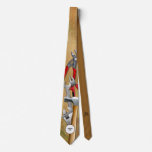
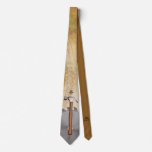




![DC Metro Trains Pulling into Station Photo Print [210803-0011]](https://www.filmfetish.com/img/p/2021/08/210803-0011-13x19-web-170x170.jpg)
![Solid Gold Sex Kitten Actress Margaret Nolan (Vicky Kennedy) Photo [221205-43]](https://www.filmfetish.com/img/p/2023/01/221205-43-margaret-nolan-aka-vicki-kennedy-85x11-web-170x170.jpg)
![Claudia Jennings ‘Gator Bait Publicity Photo [210906-0070]](https://www.filmfetish.com/img/p/2021/11/210906-0070-claudia-jennings-13x19-web-170x170.jpg)
![Black and White Hot Rod Engine Photo [221110-18]](https://www.filmfetish.com/img/p/2022/11/221110-18-automotive-11x85-web-170x170.jpg)









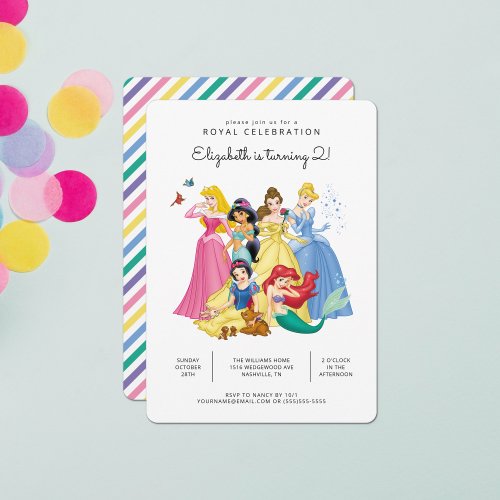
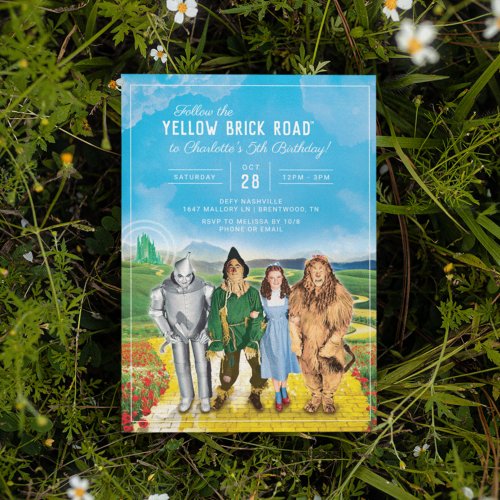
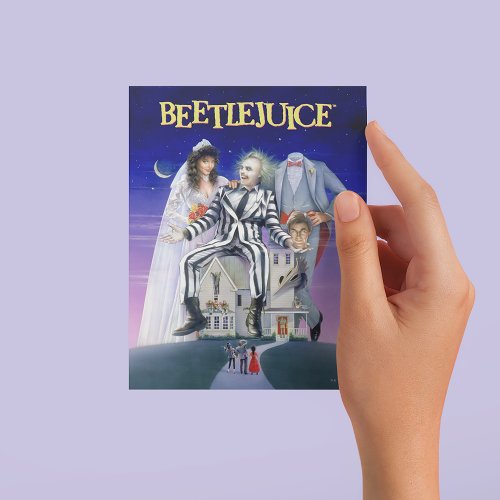

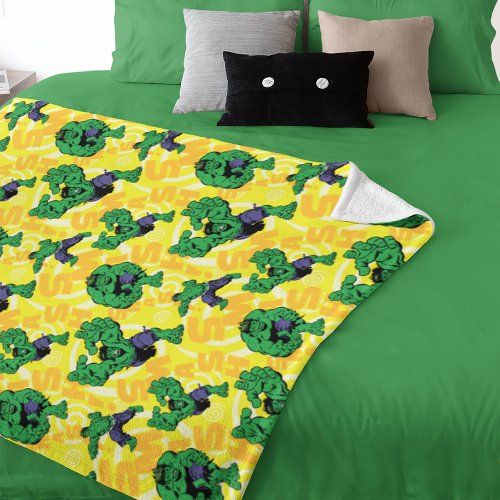


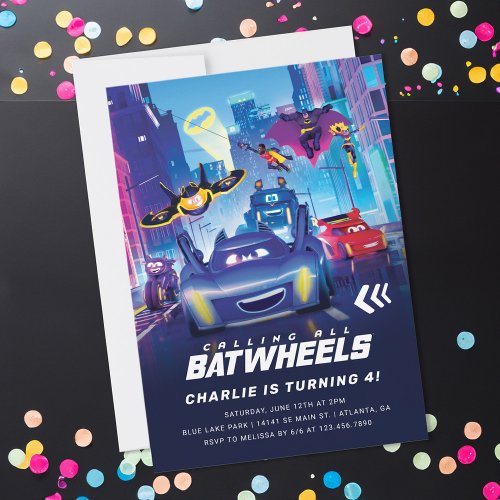





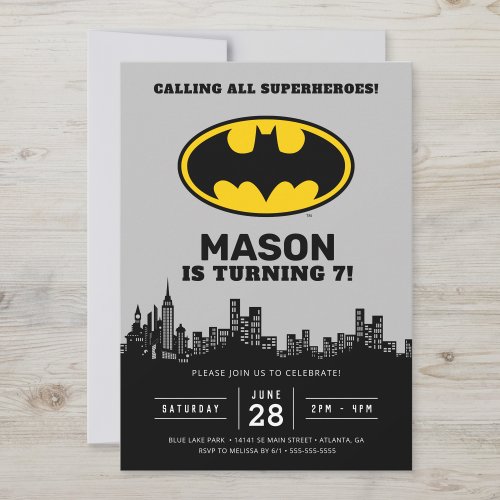
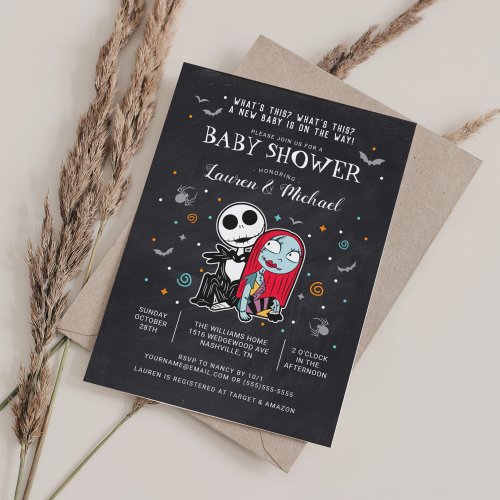

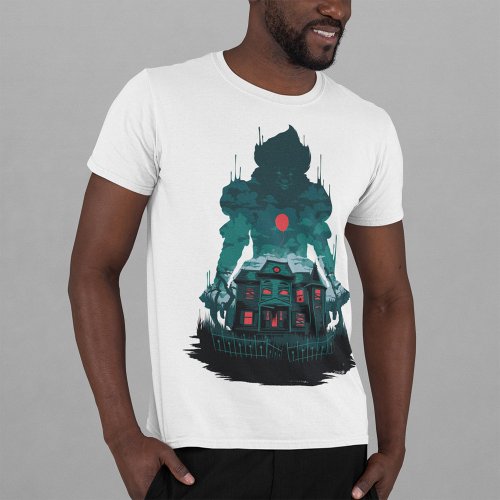



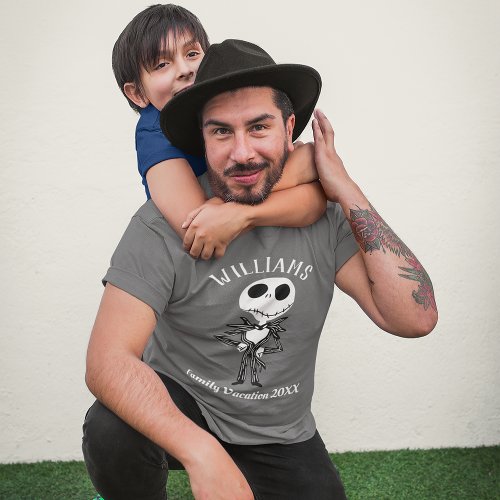

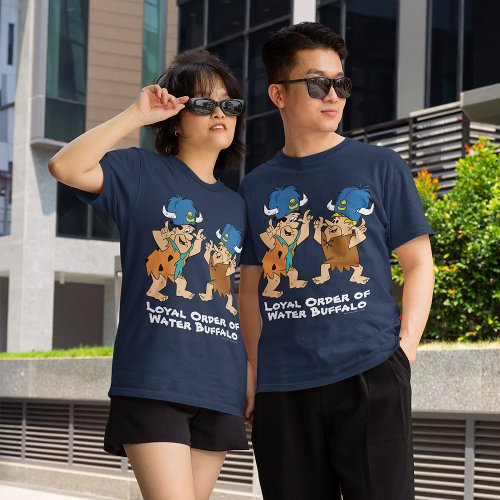

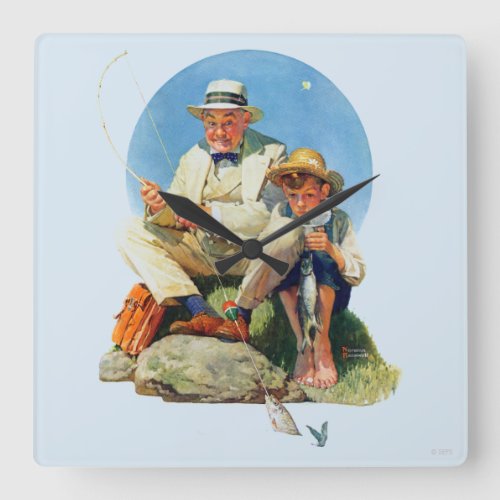


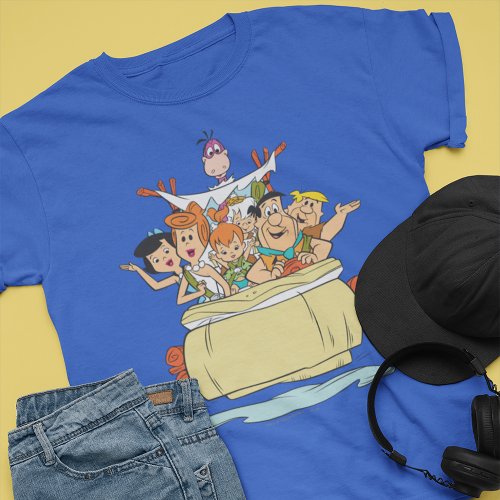


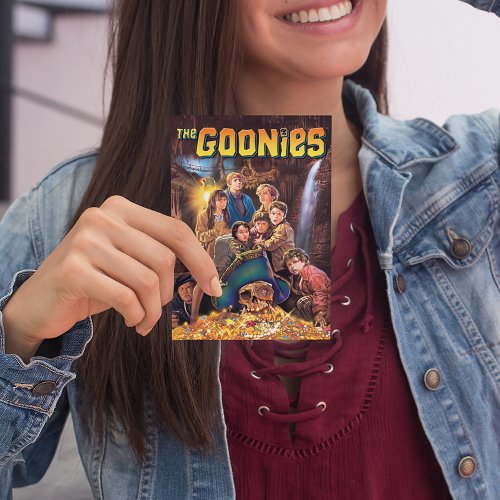

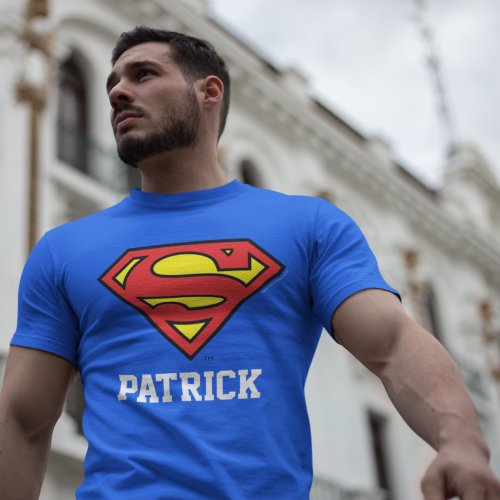
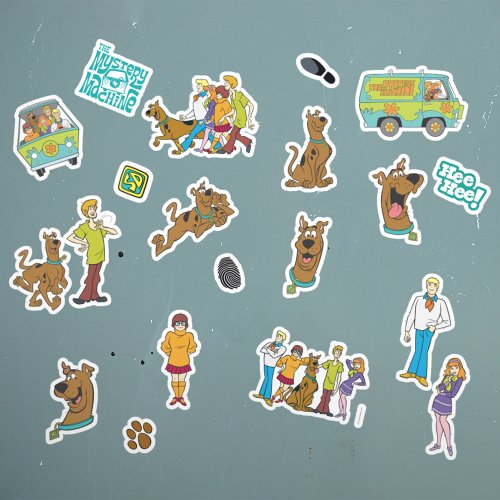


![We Are Your Friends Original 11×17 inch Promotional Movie Poster [I26]](https://www.filmfetish.com/img/p/2021/06/we-are-your-friends-i26-01-170x170.jpg)
![Mr. Ace Original Full-Page Magazine Advertisement, George Raft, Sylvia Sidney [F16]](https://www.filmfetish.com/img/p/2022/10/movie-ad-f16-01-170x170.jpg)
![The Valley of Decision (1945) Original Full-Page Magazine Advertisement, Greer Garson, Gregory Peck [F85]](https://www.filmfetish.com/img/p/2022/11/movie-ad-f85-01-170x170.jpg)


![The Story of Molly X a.k.a. Convict Molly X (1949) Set of 2 Press Publicity Photos June Havoc [L56]](https://www.filmfetish.com/img/p/2023/02/P1480669--170x170.jpg)
![The Hollywood Reporter Magazine (December 2004) Women in Entertainment The Power 100 [R53]](https://www.filmfetish.com/img/p/2022/04/hollywood-reporter-r53-00001-170x170.jpg)
![Entertainment Weekly Magazine (September 24, 2004) Star Wars Secrets of the New DVD [86132]](https://www.filmfetish.com/img/p/2019/10/entertainment-weekly-86132-01-170x170.jpg)

